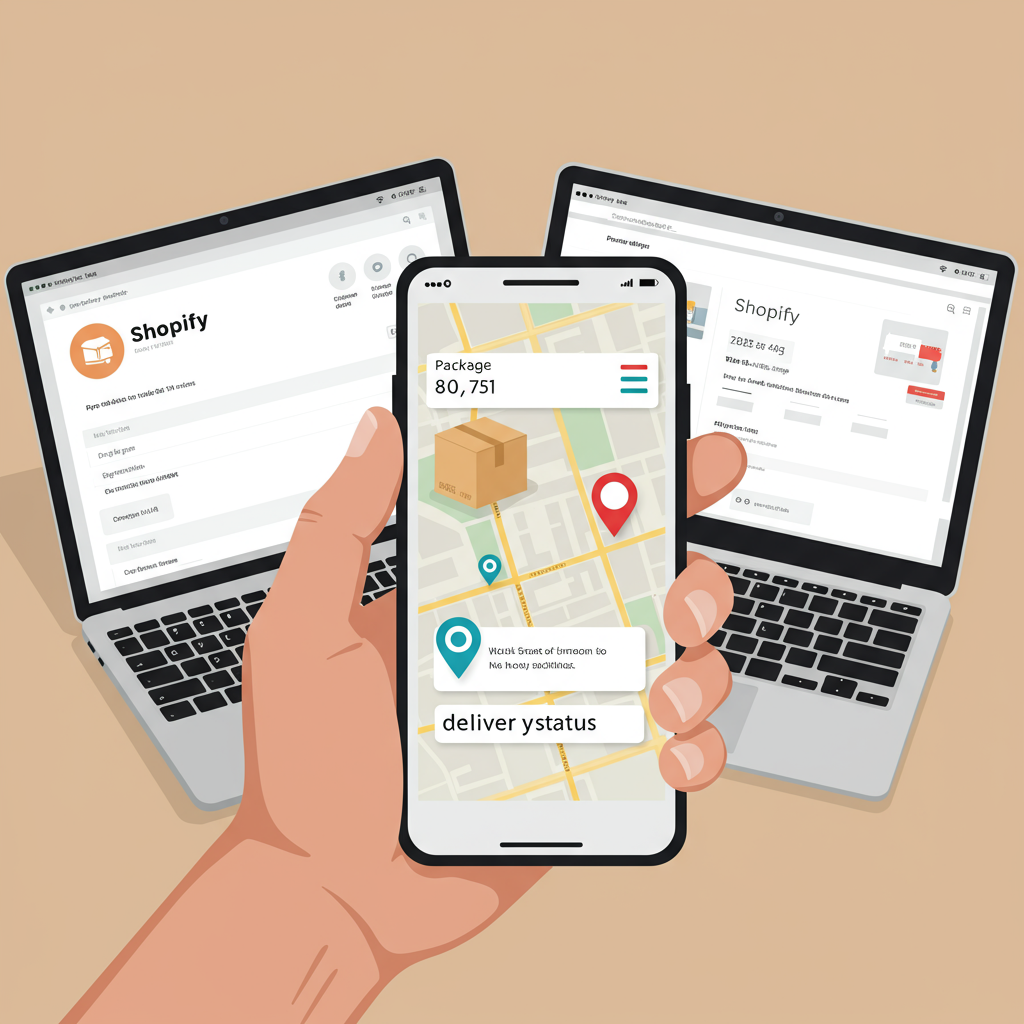Elevate your customer experience and streamline operations with seamless order tracking integration.
As a Shopify merchant, I know you’re constantly looking for ways to enhance your customer’s shopping experience and streamline your operations. One area that often gets overlooked, yet holds immense power, is order tracking.
It’s not just about knowing where a package is; it’s about building trust, reducing customer inquiries, and turning a transactional moment into a brand-building opportunity.
Today, I want to walk you through the ins and outs of order tracking integration for your Shopify store. We’ll cover why it’s crucial, what options are available, and how you can implement it effectively.
Let’s start with the “why.” In an age of instant gratification, customers expect transparency. Once they’ve clicked “buy,” their next thought is often, “Where’s my order?”
Providing easy access to tracking information alleviates anxiety and reduces the dreaded “Where is my order?” (WISMO) inquiries that can flood your customer service channels.
Think about it: fewer emails and calls mean your team can focus on more complex issues or proactive customer engagement, saving you valuable time and resources.
Beyond reducing support tickets, a robust tracking system significantly improves the post-purchase experience. It transforms a potentially stressful waiting period into a positive interaction.
When customers feel informed and in control, their satisfaction levels rise, leading to increased loyalty and a higher likelihood of repeat purchases.
So, what are your options for integrating order tracking with Shopify? Shopify itself offers some basic tracking capabilities, which are a good starting point.
When you fulfill an order in Shopify and add a tracking number, the system automatically sends a shipping confirmation email to your customer, including a link to track their order.
This link typically directs them to the carrier’s website (e.g., USPS, FedEx, UPS), where they can see the latest status updates.
While functional, this native approach has limitations. The tracking experience isn’t branded, meaning customers leave your store’s ecosystem to check their package status.
You also lack centralized control over the tracking information, and it’s harder to provide proactive updates or a consistent brand experience post-purchase.
This is where third-party order tracking solutions come into play. These apps and services are designed to supercharge your tracking capabilities, offering features far beyond Shopify’s native functionality.
They typically integrate with a vast network of carriers worldwide, allowing you to track shipments from multiple providers all in one place.
A key feature to look for is a branded tracking page. Instead of sending customers to a generic carrier site, they’re directed back to a page on *your* store, complete with your logo, colors, and even marketing messages.
This keeps your brand top-of-mind and provides an opportunity for upselling or cross-selling related products, or simply reinforcing your brand identity.
Another invaluable feature is automated notifications. These solutions can send proactive updates to your customers via email or SMS at various stages of the delivery process.
Imagine your customer receiving an alert when their package is out for delivery, or if there’s a delay. This level of communication builds immense goodwill.
Many advanced tracking apps also offer analytics. You can gain insights into delivery performance, common shipping issues, and even customer behavior related to tracking.
This data can be incredibly useful for optimizing your shipping strategies, identifying problematic carriers, or improving your overall fulfillment process.
When choosing a solution, consider factors like multi-carrier support, ease of integration with Shopify, customization options for the tracking page, notification capabilities, and pricing.
Implementation is usually straightforward. Most solutions are available as Shopify apps, meaning you can install them directly from the Shopify App Store with just a few clicks.
Once installed, you’ll typically configure settings like your branding, notification preferences, and connect your shipping carriers.
It’s crucial to test the integration thoroughly. Place a test order, track it yourself, and ensure that all notifications are being sent correctly and the tracking page functions as expected.
My advice? Don’t just set it and forget it. Regularly review your tracking data and customer feedback. Are there common questions about delivery? Are packages frequently delayed with a specific carrier?
Use this information to refine your shipping policies and communication strategies. Transparency is key, so if there’s a known delay, communicate it proactively.
Ultimately, investing in a robust order tracking integration isn’t just about logistics; it’s about elevating your entire customer experience. It transforms a potential pain point into a moment of delight and reinforces your brand’s commitment to excellent service.
It’s a powerful tool for building lasting customer relationships and fostering loyalty in a competitive e-commerce landscape.
What are your thoughts on integrating advanced order tracking for your Shopify store? I’d love to hear your perspective.






